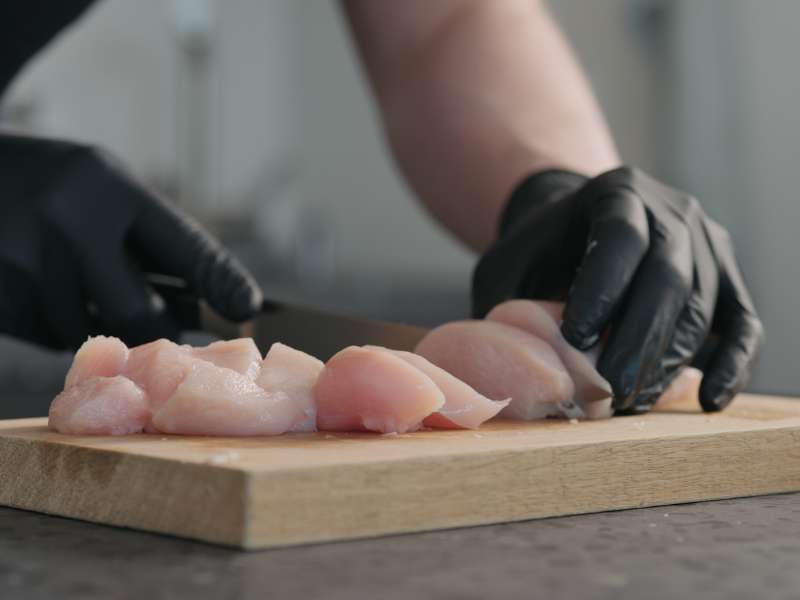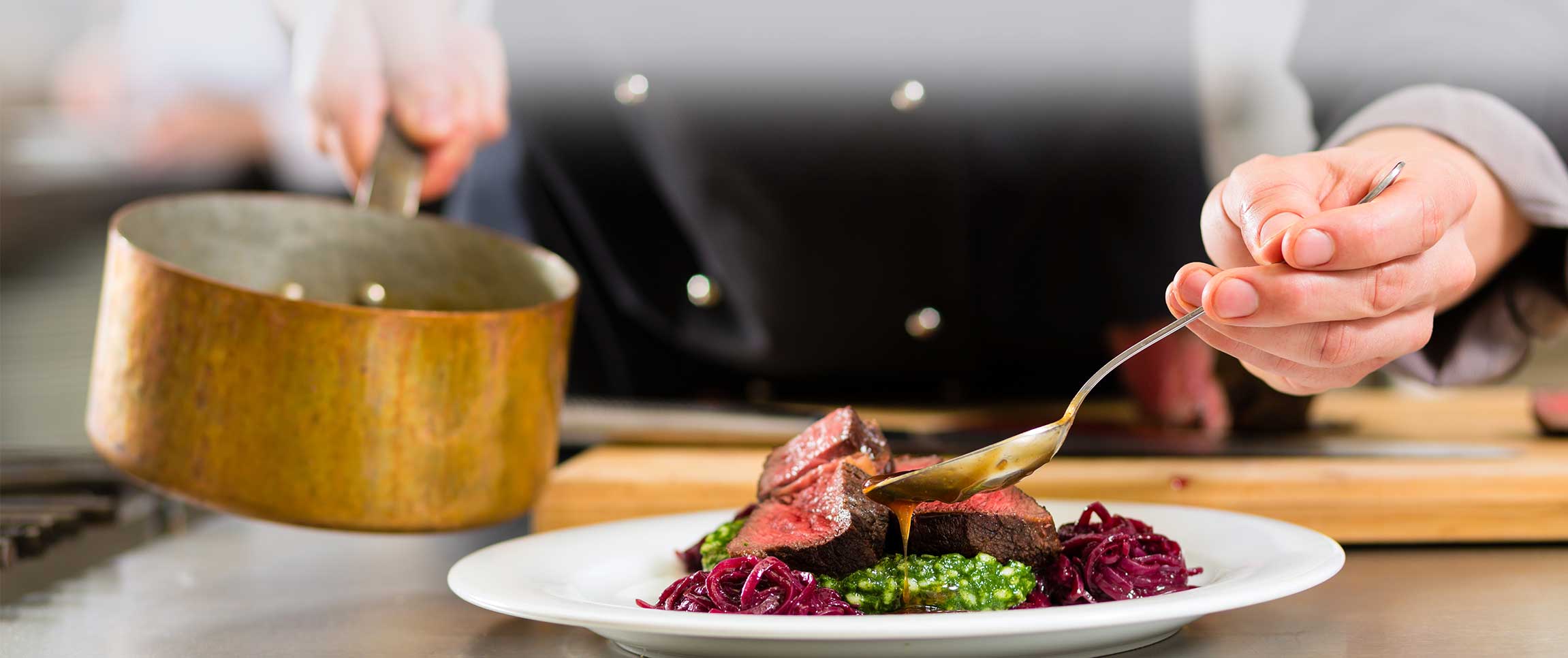The basics lay the foundation for success
In today’s kitchens we are faced with challenges like no one has ever seen. The landscape of diners has taken a turn in a direction that most are not trained to navigate — myself included.
During these times, controlling food cost and profit is key to weathering the storm of uncertainty. Relying on the basic principles of food cost control always provides the foundation for success.
The Basics of Food Cost Control:
- Engineer Your Menu — This is the most critical part of managing your food cost. Highlight and position high-profit dishes on your menu and remember that this piece of paper is not just a list of your creativity but your number one marketing tool, both in-person and on-line. While variety is great, be careful with this concept and focus your attention on ingredients that can be used in several dishes.
- Review Product Specifications — Make sure the ingredients you are purchasing are aligned with what the actual need is for the dish. Do you need what you buy? Can you make great dishes with less expensive products?
- Conduct Consistent Inventory to Regulate Buying Practices — Closing inventories should be close in range from month to month or week to week. Try to avoid over purchasing.
- Recipes Standardized and Costed — Create your dishes, measure each item precisely and be exacting in your cost analysis, accounting for any waste of each item.
- Check Receiving and Storage Procedures — Look at all invoices for consistency of product and proper pack sizes. Review weights and measures to ensure you are buying product that is the proper size for your needs. While certain items may be cheaper if bought in larger sizes, this may or may not be the right decision if it is leading to waste. Educate yourself on these options and work with your sales representative to track usage while seeking out options. When receiving product, immediately see that it is placed in the proper storage receptacles, on the proper shelf, in the correct temperature. Check your invoice along with your product before signing the invoice or allowing the driver to leave the operation. Credits are always best handled immediately while controlling the cost of your kitchen. This will establish precedence and partnership with your vendor and assist in ensuring proper quality and expectations.
- Production Forecasting — By using sales history to determine production, you can reduce food waste. Utilize a controlled prep sheet. If history is not available use a “best guess” approach and start saving your production history for the future.
- Watch Mistakes at the Window — Waste is directly impacted at “the pass.” Expedite your orders and watch for ordering mistakes, POS issues, proper modifiers, and any related mistakes on the plate that can lead to returned food.
- Manage Your Yields — Remember that each item you use in a recipe has related waste once it is prepped. If 5 oz. of protein yields 4.5 oz. of diced product for a recipe, this must be accounted for in your recipe. Not taking this into account while costing recipes will give a false “true” cost.
- Involve Staff — Train your team, keep them engaged, and reward them with incentives for meeting expectations and always utilize a positive approach to learning.



